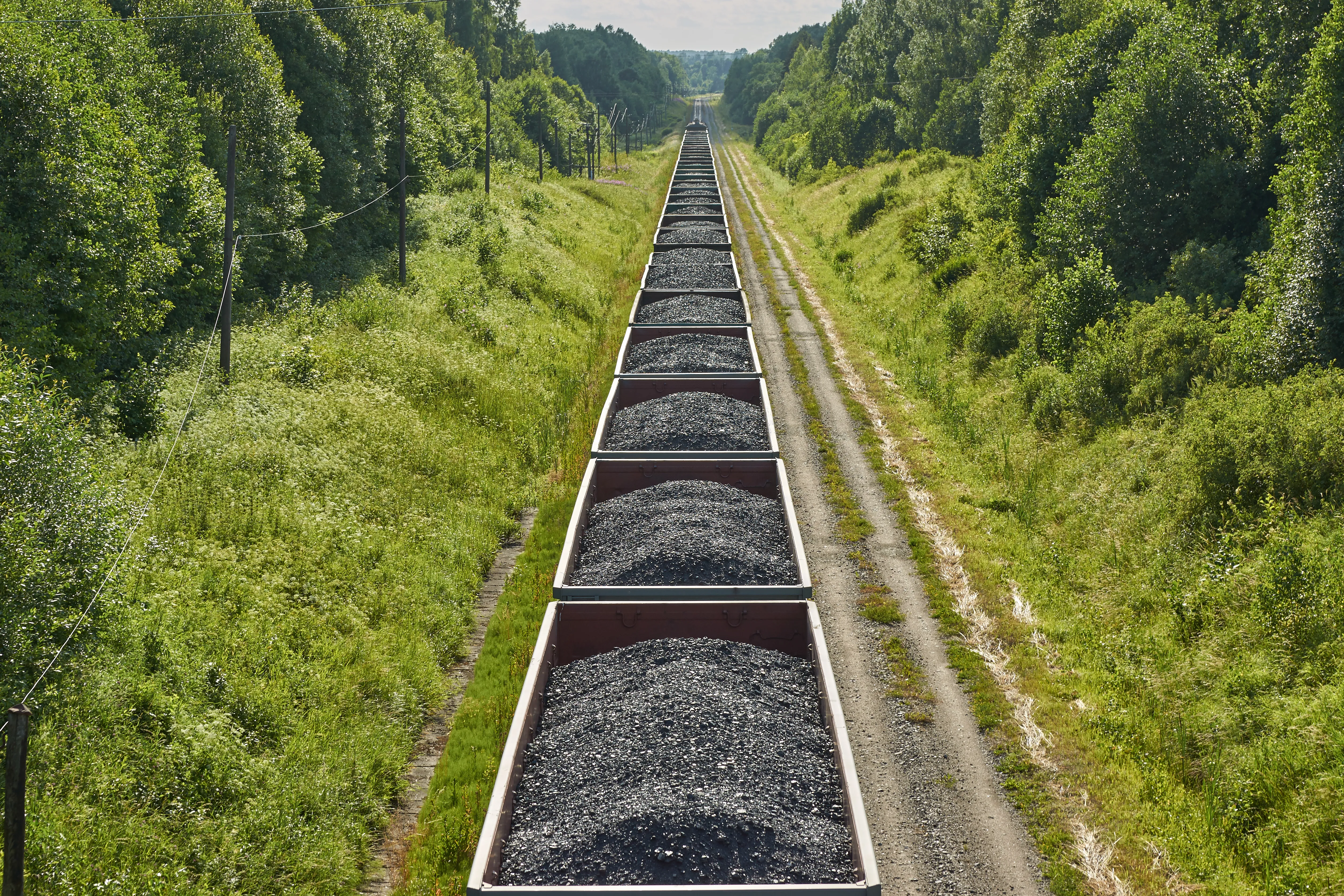
EarthTalk
© iStock
Dear EarthTalk: Just when I finally purged my kitchen of non-stick cookware due to the risks posed by Teflon, I now learn that my rain jacket and waterproof boots are also putting my health at risk from exposure to similar “hydrophobic” chemicals. What’s a concerned outdoors person to do about staying dry and comfortable on a rainy hike? -- Alex Walker, Philadelphia, PA
Most of us remember when GORE-Tex first appeared and revolutionized outdoor clothing and gear by infusing products with a waterproof treatment that could also “breathe” so we wouldn’t get clammy on the inside as our outerwear repelled the elements. Since then, this synthetic chemical-based weatherproofing has become ubiquitous throughout the outdoor industry, not only in jackets, but also in boots and shoes, backpacks, tents, swimsuits and just about everything else that gets exposed to the wet and wild.
And while we’ve all been happily making our way through the rain and snow, we might not have realized that there is a dark underbelly to all of this weatherproof outdoor gear: perfluorinated compounds (PFCs). These synthetic chemicals are related to the “hydrophobic” PFOA formulations that make non-stick cookware easy to clean by encouraging liquids to bead up and roll away. And like their chemical cousins on cookware, the PFCs in your jacket could be making you sick and polluting the environment.
“PFCs are environmentally hazardous substances, which are persistent in the environment,” reports Greenpeace, which launched its Detox Outdoor campaign in 2012 to convince outdoor gear makers to stop using toxic chemicals in their products. “Studies show that some PFCs can accumulate in living organisms such as the livers of polar bears in the Arctic and are also detected in human blood.” Meanwhile, animal studies indicate that PFCs can harm reproductive processes, negatively impact hormonal balances and promote the growth of tumors.
Once released into the environment PFCs break down very slowly. They remain in the environment for several hundred years and are dispersed over the entire globe. Some are found in secluded mountain lakes or accumulated in wildlife. Some are also found in human blood.
If you have waterproof shoes or a rain jacket that is more than a year or two old, chances are it was treated with a PFC-laced Durable Water Repellent (DWR) finish before it left the factory—and could be leaching trace amounts of these toxic carcinogenic chemicals into your body and the environment. And PFCs never break down entirely, so they can continue to cause harm indefinitely.
Luckily, given Greenpeace’s advocacy and resulting consumer awareness, the majority of gear makers have started to phase out PFCs. Smaller brands including Paramo, Pyua, Rotauf, Fjällräven, R’ADYS and Dannah were the first to commit to PFC-free product lines, but the bigger players are coming around, too. W.L. Gore, Patagonia, The North Face, Marmot, Columbia and others have voluntarily committed to phasing out PFC-based DWR formulations by 2020 per Greenpeace’s original ask.
But getting there depends on finding suitable alternatives. Many companies have temporarily switched to less toxic while still fluorocarbon-based DWR formulations while they look for greener formulations. For its part, Patagonia is betting big through its corporate investment fund Tin Shed Ventures on Switzerland-based start-up Beyond Surface Technologies, a company founded in 2008 by scientists who left careers at big chemical companies to make DWR-like textile treatments using natural raw materials.
















